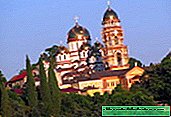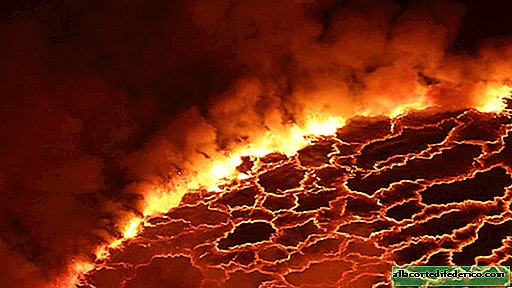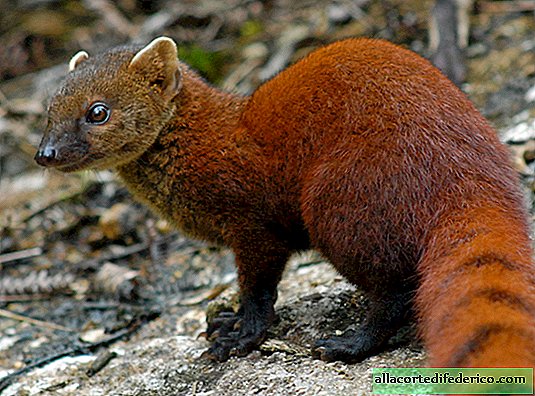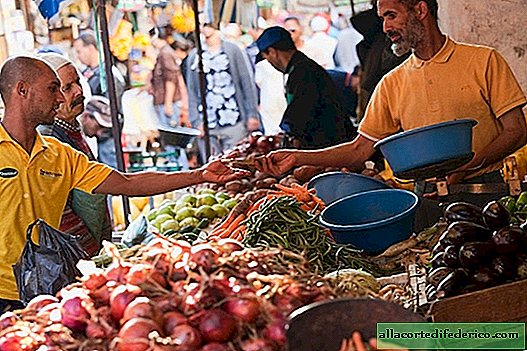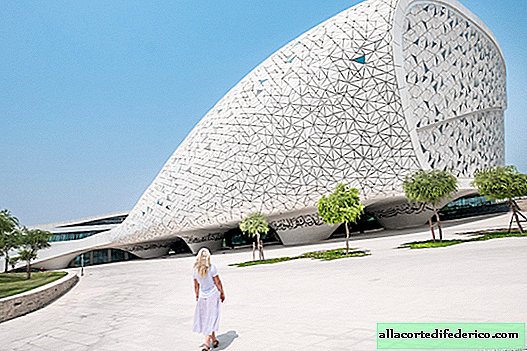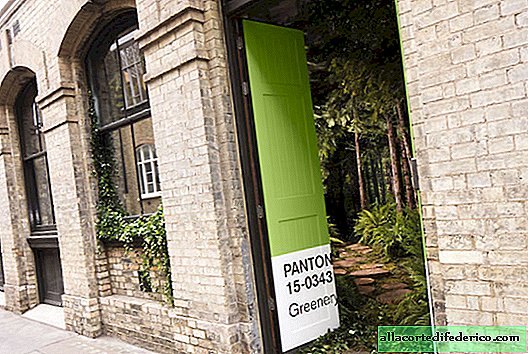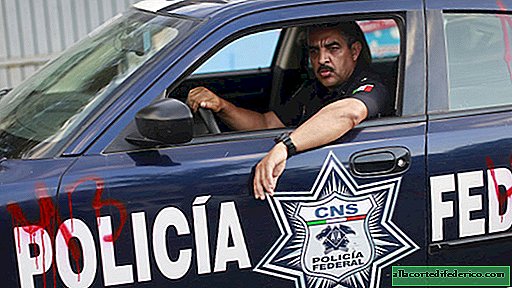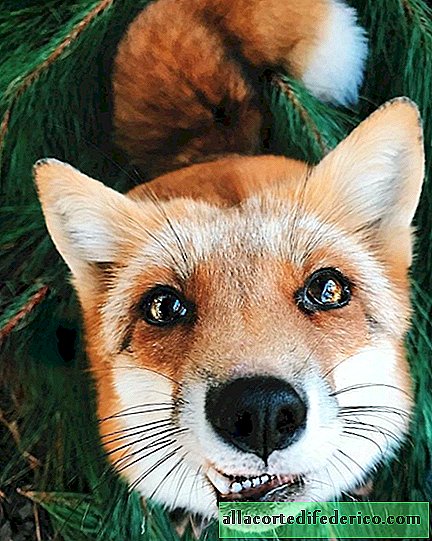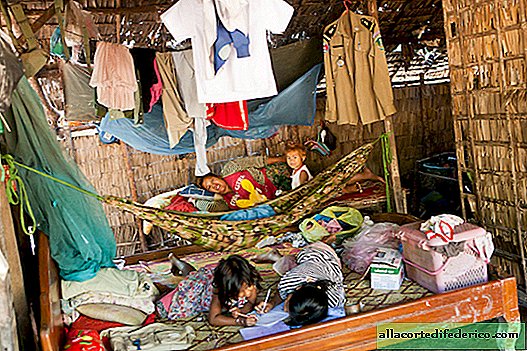Bright colors of Trinidad
Time froze here a long time ago. Retro cars and horse-drawn carts drive along cobbled streets with one-story houses of all rainbow colors. Women with lace umbrellas and fans walk along the squares. And in the alleys dancing salsa, without letting out a steaming Cuban cigar from his mouth.
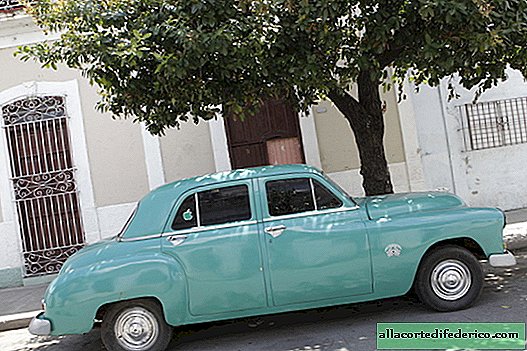
Forward to the past
Trinidad, one of the cities founded by Diego Velazquez, is called the "open-air museum" or the "pearl of colonial culture." It's damn hard to disagree with. Once it was a major shopping center. Tobacco, livestock, the slave trade, and especially sugar cane plantations, have made the city rich and prosperous. Colonial palaces, elegant churches and colorful houses appeared on its streets. Work was always, money poured in, in general - everyone was happy.
Then, after the industrial revolution, when sugar began to be produced from beets, everything changed. For nearly a hundred years, Trinidad was isolated from the rest of Cuba and lived its own life. The city froze around the XVIII-XIX centuries. Everything was preserved unchanged. So Trinidad got its own unique face, its own rhythm and lifestyle.

Of course, this could not be lost or squandered, but had to be preserved. Trinidad and the Sugar Mill Valley, which once enriched the city, have been recognized as a UNESCO World Heritage Site. Gradually, they began to rebuild, repair and restore it. People from all over the world wanted to see this miraculous city, torn from the past, so now a new era of its prosperity.
What to do in Trinidad
The historic city center is an ideal place to just walk and soak up its unusual atmosphere. There are more than 1200 amazing old buildings. But to be honest, the beauty of Trinidad is in its color. You need to walk along its streets, past all these fantastic buildings, each of which in its pastel color, with its own mood, and get aesthetic pleasure from it. Here is a blue house with a red tiled roof, with large white shutters and a white door. And here is a yellow house with blue arched windows and a blue door, as well as a green palm tree at the entrance. Or here's another pink house with a red stripe below and red windows with wooden bars. This is a real city of color!
At every home I want to stop, make out, listen to his story. For example, many museums in Trinidad are located in the homes of large landowners of that era. They can tell a lot. Slaves lived in some buildings, conquistadors stopped in others, or they played live music and danced nights at night. Some secrets have already been unraveled, but some have yet to be found out.
Finish the walk is just in one of the institutions with live music. Cubans cannot imagine their life without sensual and energetic salsa rhythms. Spanish guitar and African drums will make anyone dance.
There are many places in Trinidad where you can just come and dance, for example, Casa de la Música. But if you are not so confident in yourself, take a couple of lessons, say, at Casa de la Cultura. For your courage, check out the local La Canchanchara bar, located in an 18th-century building, and try the popular cocktail - Kanchanchara (only if you are already 18). It is made from rum diluted with water, lime juice and honey. Moderately strong and moderately sour, that is, everything is as it should. The bar plays traditional Cuban music, so it’s easy to stay until dark, be attentive!
If salsa is not about you, rent a bike and head south to the delightful white sands of Playa Ancon. About 20 minutes drive (ten kilometers) - and you are on one of the best beaches in Cuba.
Love nature ?! Head to the scenic Sierra del Escambray mountains and Topes de Collantes National Park. It is only 12 km from the city. Hummingbirds, exotic butterflies live here, and another of the symbols of Cuba is a funny tokoro bird. The park has dozens of species of orchids, a hundred species of ferns and several dozen types of coffee. Through a coffee plantation or tropical rainforest growing on rock fragments, the road leads to the magnificent Salt del Caburni waterfall (62 meters high). Be sure to get to it, you will not regret it!
If you want something more unusual, get into an old steam locomotive and go to the Valley of Sugar factories (Valle de los Ingenios). Against the backdrop of hills and truly endless plantations, you will see the surviving slaveholding buildings and find out what the life of slaves was in the XVIII century. For a fantastic view, go up to the observation tower of the Manak Iznaga estate (Torre de Manaca Iznaga). Its height is 45 meters.
What to watch
The most interesting in Trinidad is concentrated around Plaza Mayor. Here are amazing historic buildings of the XVIII-XIX centuries, turned into museums. And in the evenings, colorful locals gather at the square to make music, smoke a cigar or just chat.
Church and Monastery of St. Francis (Museum of the fight against bandits)
Iglesia y Convento de San Francisco (Museo de la Lucha contra Bandidos)
This 19th-century building is immediately striking and firmly settles in memory. The bell tower of the church is a symbol of Trinidad, it offers a crazy view of the colorful city and green hills in the distance.
For some time now the church and monastery turned into the Museum of the fight against bandits. Bandits are called counterrevolutionaries who rebelled against Fidel Castro after the Cuban revolution and took refuge in the nearby Sierra Escambray mountains. Documents, photographs, weapons, as well as fragments of the aircraft and much more will tell the fascinating story of a bold confrontation. But the most important thing is still the view from the bell tower. Be sure to get up there.
Main Parish Church of the Holy Trinity
Iglesia Parroquial Mayor de la Santísima Trinidad
One more church rises above Mayor Square with a magnificent observation deck. This is the largest church in Cuba, so be sure to take a look inside. A valuable artifact of the church is a carved wooden altar in the Neo-Gothic style, as well as the legendary wooden statue of Jesus Christ of the XVIII century - Senor de la Vera Cruz (El Señor de la Vera Cruz). You can find out her legend yourself, we just say that on Thursdays in Trinidad there is a special rite dedicated to her. It is very interesting! Also, in the evenings, local musicians gather at the church and play almost until the morning, do not miss it!
Brunet's Palace (Romantic Museum)
Palacio Brunet (Museo Romántico)
For romance, head here. This magnificent colonial mansion houses a rather curious exhibition, which makes it possible to find out how the count family of the XIX century lived. Take a stroll through the 14 rooms that open onto the patio gallery with wonderful views, admire the collection of furniture and home furnishings. In short, this museum is able to transfer to the romantic, sublime and very expensive Cuban past.
Museum of Colonial Architecture
Museo de arquitectura colonial
This museum is located in a mansion of the XVIII century. He will tell all about the architecture of Trinidad and introduce the hallmarks of the colonial style. The exposition has antique interiors and elements typical of the houses of Trinidad of past centuries: lattices on windows, doors, locks and heck, fragments of walls and tiles, some household appliances, for example, showers of the beginning of the 20th century. If the city buildings impressed you, be sure to visit this museum, here you will learn a lot of interesting things.
Cantero Palace (Municipal History Museum)
Palacio Cantero (Museo Municipal de Historia)
From the tower of the Cantero Palace, another breathtaking view of the center of Trinidad opens. In this museum you can learn many different stories, for example, about pirates, sugar plantations, the slave trade, the war of independence and, finally, about the family of the owners of the building.
Guamua Archaeological Museum
Museo de arqueología guamuhaya
Here you will learn about the Indian tribes that inhabited these places before the arrival of Christopher Columbus, as well as about the difficult period of slavery. A large collection of museum exhibits will tell about the Spanish conquest of Cuba. Get ready to see the skeleton of an Indian and old treasure maps inside.

